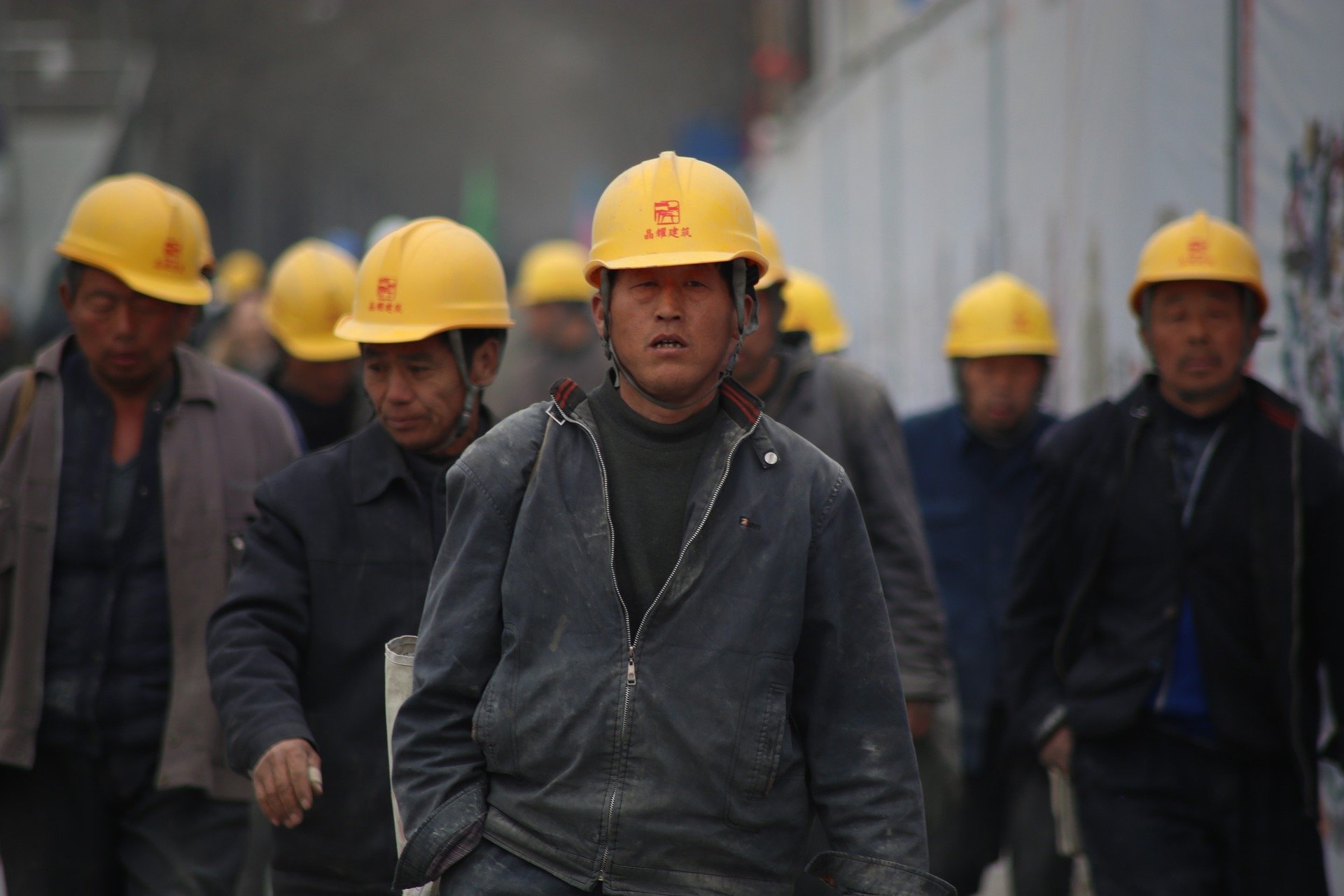
China allows couples to have 3 babies amid declining birthrate
A fast ageing population and its adverse impact on economy have forced China’s Communist government to ease birth limits and allow couples to have three children instead of two, a state news agency said Monday (May 31).

A fast ageing population and its adverse impact on economy have forced China’s Communist government to ease birth limits and allow couples to have three children instead of two, a state news agency said Monday (May 31).
The decision is aimed at “improving China’s population structure and actively respond to the country’s ageing problem.”
Two-child policy failed to have desired impact
In 2015, the government had permitted couples to have two children, a major deviation from its ‘one family-one child policy’ since the 1980s. After a reasonable rise the following year, the number of births has been declining again.
By the second half of 2016, experts concluded that the two-child policy may not prove adequate to offset the negative impacts of a rapidly ageing population. The South China Morning Post reported, “China’s fertility rate was 1.3 children per woman, which is below the replacement level of 2.1 needed for a stable population.”
The latest census data too has proven that China’s working-age population shrank over the past 10 years while the number of people older than 65 rose, adding to strain on the economy and society, reported Associated Press (AP).
The BBC reported that China’s working-age population (between 16 and 59 years of age) has declined by 4 crore, when compared with the last census of 2010. While China still boasts of an 80.8 crore strong workforce, experts say the country’s demographic dividend would diminish over time, which has the Chinese government worried.
Also read: Acrimonious divorce may open window to changes in Gates Foundation
China’s population grew at 0.53 per cent from 2010 to 2020, the slowest pace in decades. As China developed over the years, it faced a challenge that Europe has been facing for several years: More development equals to higher education & career prospects, which results in lower birth rates. Over a period of time, this forms an inverted age structure, which leaves more old people than young.
Chinese government’s latest measures to increase population
The Communist party’s Politburo met on Monday, in the presence of President Xi Jinping, to announce a slew of measures to tackle the latest challenge facing China because of an ageing population, the Xinhua News Agency said.
Among other measures, the government has decided to optimize its fertility policy, postponing the retirement age and targeting marriage and family values education campaigns at youth. “Improvements would be made on child care service, maternity leave and child birth insurance,” the South China Morning Post reported.
The one-child policy of the 80s and its impact
Chinese top leader Deng Xiaoping brought in the one-child policy in 1979 to keep a tab on the country’s growing population, which was estimated at 970 million at the time. The policy penalised couples having more than one child. The rule was a success in cities and towns, but hardly had any impact in rural China where people resisted the rule and the authorities too were lenient. The results, however, started showing up around mid 1990s as the fertility rate dropped below two children per woman. By 2013, the fertility rate dropped to 1.6 children being born per woman.
The one-child policy resulted in forced abortion and sterilisation, besides a skewed sex ratio. About 25 years later, i.e. in 2015, China had a sex ratio of 116 boys being born for every 100 girls, which was among the worst in the world. Couples would prefer boys which resulted in sex-selective abortion, infanticide and abandonment of baby girls.
In 2015, the government gave permission to couples to have two children from next year onwards. But the government soon realised it was a case of too little too late as the new two-child policy seemed inadequate to address the challenges thrown at the government by a rapidly ageing population.

